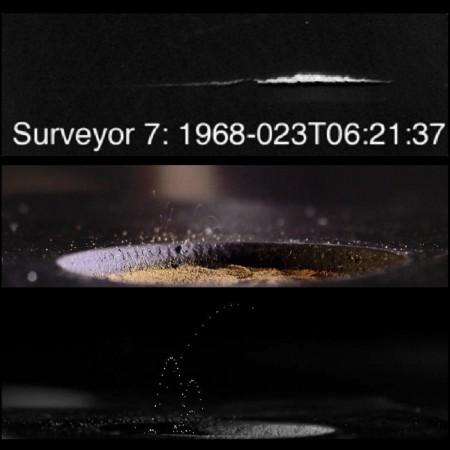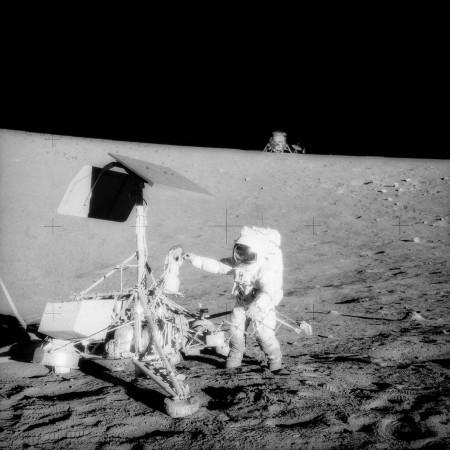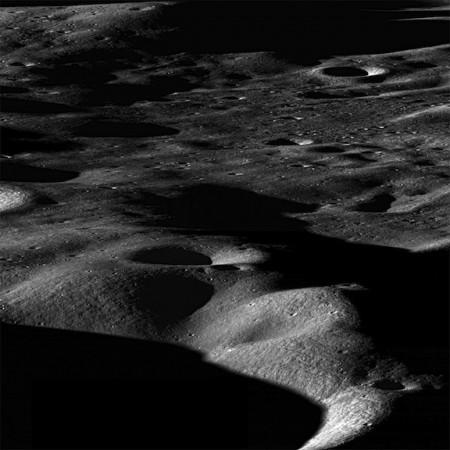
One of the latest studies conducted by NASA reveals how dust levitates just above the moon's surface, despite the absence of flowing water and wind to trigger the effect.
Also Read: NASA: Hubble discovers 'Exocomets' hurtling into a young star!
This research was conducted by a member of NASA's Solar System Exploration Research Virtual Institute (SSERVI), which was hosted by NASA's Ames Research Center.
According to a NASA statement, researchers discovered that clouds of micron-size dust particles were found jumping centimetres high on exposure to plasma (electrically charged gas) or Ultraviolet (UV) radiation.
These findings will help scientists better understand the transportation mechanism of lunar dust across the lunar regions and other airless celestial bodies.
"On Earth's moon, these dust particles would have been lifted more than 4 inches (10 centimeters) above the lunar surface, leading researchers to conclude that the moon's 'horizon glow' — seen in images taken by Surveyor 5, 6 and 7 five decades ago — may have been caused in part by sunlight scattering in a cloud of electrostatically-lofted dust particles," NASA officials stated.

NASA sent seven spacecraft to the moon's surface from June 1966 through January 1968 with the aim of analyzing the feasibility of soft landings on the Earth's satellite.
The Lunar Horizon Glow (LHG) of the moon, which is a bright and thin crescent present just above the lunar surface, was observed by the Appolo astronauts. According to scientists, the light was being emitted by lunar dust particles.
The latest study states that: "neighboring dust particles can generate unexpectedly large electrical charges and intense particle-particle repulsive forces," which lifts particles of different sizes off the lunar surface, NASA officials stated.
Electrostatic dust collection and movement is likely to explain the origins of dust ponds on celestial bodies like Comet 67P/Churyumov-Gerasimenko, asteroid Eros, and even on Atlas, the icy moon of the gas-giant Saturn, according to Space.com.
This study is published in the journal Geophysical Research Letters.

"This new 'patched charge model' resolved a fundamental mechanism of dust charging and transport, which has been puzzling scientists for decades," Xu Wang, first author of the study and a member of NASA's Lunar Science Institute at the University of Colorado in Boulder, said in a NASA statement.
"We expect dust particles to mobilise and be transported electrostatically over the entire lunar surface, as well as the surface of any other airless planetary body," Wang added.

















